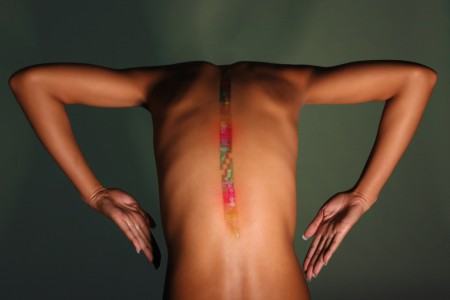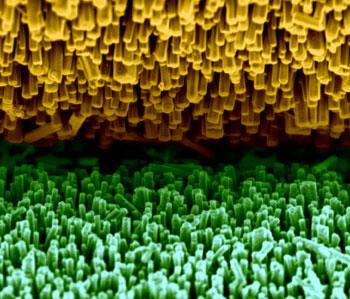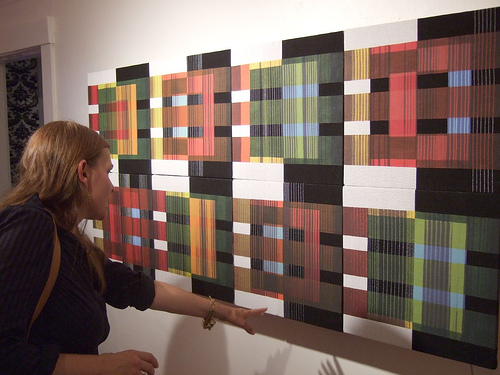 Philips Design has a series of projects that explore the body and skin as the platform for electronics. One of the project called SkinTiles by Lucy McRae, consists of electronic sensing jewelry that adheres directly to the skin. As described by Philips, "It is a new genre of product; a generation of wireless, stick-on body sensors that re-define traditional body adornment."
Philips Design has a series of projects that explore the body and skin as the platform for electronics. One of the project called SkinTiles by Lucy McRae, consists of electronic sensing jewelry that adheres directly to the skin. As described by Philips, "It is a new genre of product; a generation of wireless, stick-on body sensors that re-define traditional body adornment."
In another project called Skin:Tattoo, the technology is directly integrated into the skin to form a reactive tattoo. The tattoo responds to touch, which changes and morphs the shape and design. Together, the projects make a statement on the sensuality and intimate aspect of technology that we wear as our second skin, and in this case, as our skin itself. They also explore an implementation of technology that is directly integrated into the aesthetics of our own bodies.





